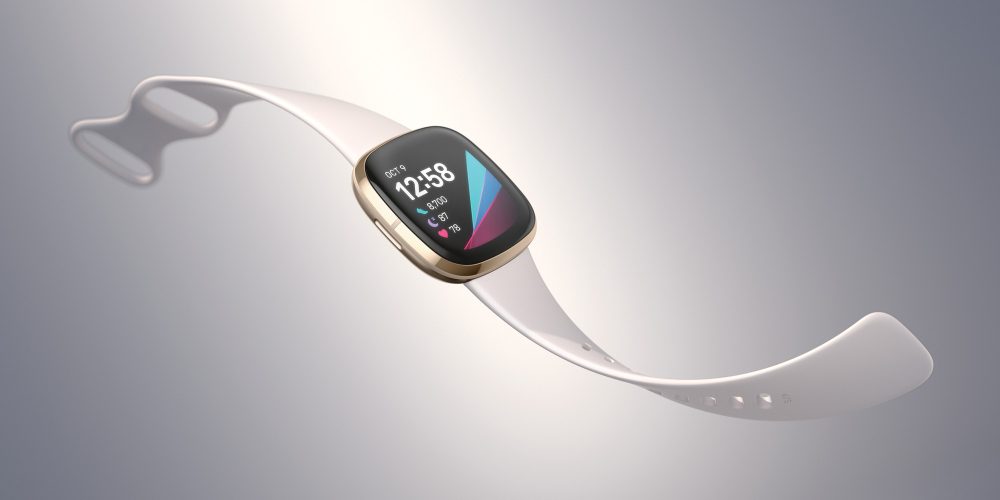As we gaze into the future of spatial reality technology, XREAL Beam emerges as a beacon of innovation, promising a paradigm shift in immersive experiences. The horizon of possibilities unfolds with the prospect of enhanced haptic feedback, expanded compatibility, and the integration of artificial intelligence.
These potential advancements seek to elevate XREAL Beam beyond its current capabilities, offering users a more personalized, intuitive, and multisensory engagement. If you’re intrigued by the tantalizing prospects of what lies ahead, read more on the XREAL website for in-depth insights into the anticipated innovations that could reshape the landscape of spatial reality.
What Does XREAL Beam Do?
XREAL Beam, at its core, redefines the user experience by offering a transformative spatial reality encounter. By harnessing cutting-edge spatial reality technology, XREAL Beam allows users to immerse themselves in dynamic virtual worlds that seamlessly blend with the physical environment.
The device boasts spatial reality displays that go beyond conventional screens, creating a more immersive and realistic visual experience. Users can interact with digital elements in three dimensions, whether for gaming, professional applications, or educational purposes.
Future Innovations by XREAL Beam
The XREAL Beam, with its current groundbreaking capabilities, stands at the forefront of spatial reality technology. As we delve into the potential future innovations, it becomes evident that the journey of this transformative device is far from over.
Enhanced Haptic Feedback and Interaction
The future of XREAL Beam could see an integration of advanced haptic feedback technologies, allowing users to not only see and hear but also feel the virtual environment. This enhancement could provide a tactile dimension to interactions, making virtual objects and environments more tangible.
The incorporation of precise haptic feedback could significantly elevate the immersive nature of gaming, professional simulations, and other applications, creating a multisensory experience.
Expanded Compatibility and Ecosystem
Future iterations of XREAL Beam may focus on expanding compatibility with a wider range of devices and platforms. This could include seamless integration with various smartphones, tablets, and gaming consoles, broadening the accessibility of spatial reality experiences.
Additionally, the development of a robust ecosystem, comprising a diverse array of applications and content, could contribute to a more vibrant and dynamic spatial reality landscape. Users might expect a richer selection of gaming, educational, and professional applications optimized for XREAL Beam.
AI-Powered Adaptive Experiences
Anticipating the incorporation of artificial intelligence (AI), future XREAL Beam models may offer adaptive experiences tailored to individual users. AI algorithms could analyze user preferences, behavior, and interactions to dynamically adjust spatial reality content, ensuring a personalized and optimized experience.
This could enhance user engagement by delivering content that aligns with individual preferences, making each interaction with the XREAL Beam more intuitive and tailored.
Advanced Gesture Recognition and Control
The evolution of XREAL Beam might include advancements in gesture recognition and control mechanisms. Future models could employ sophisticated sensors and AI algorithms to accurately interpret a broader range of gestures, allowing users to interact with virtual elements in more nuanced ways.
This improvement could be particularly impactful in professional settings, where precise and intuitive gesture controls could enhance collaboration and productivity.
Integration of Augmented Reality Elements
Looking ahead, XREAL Beam might evolve to seamlessly integrate augmented reality elements into spatial reality displays. This integration could enable users to overlay digital information onto their physical surroundings, creating a mixed reality experience.
Whether for professional applications like virtual meetings with augmented data visualization or for everyday tasks like navigation, the incorporation of AR elements could expand the utility and versatility of XREAL Beam.
Focus on Health and Wellness
Future innovations may prioritize the integration of features aimed at enhancing user well-being. This could include advancements in ergonomics, eye-tracking technology, and even elements of virtual fitness.
Striking a balance between immersive experiences and user health, future XREAL Beam models might incorporate features that reduce eye strain, promote posture awareness, and contribute to a more health-conscious spatial reality experience.
Sum Up
The future of XREAL Beam holds the promise of pushing the boundaries of spatial reality technology. While these speculative advancements are subject to technological developments and market trends, the trajectory points towards a future where XREAL Beam continues to redefine the possibilities of immersive spatial reality experiences.














